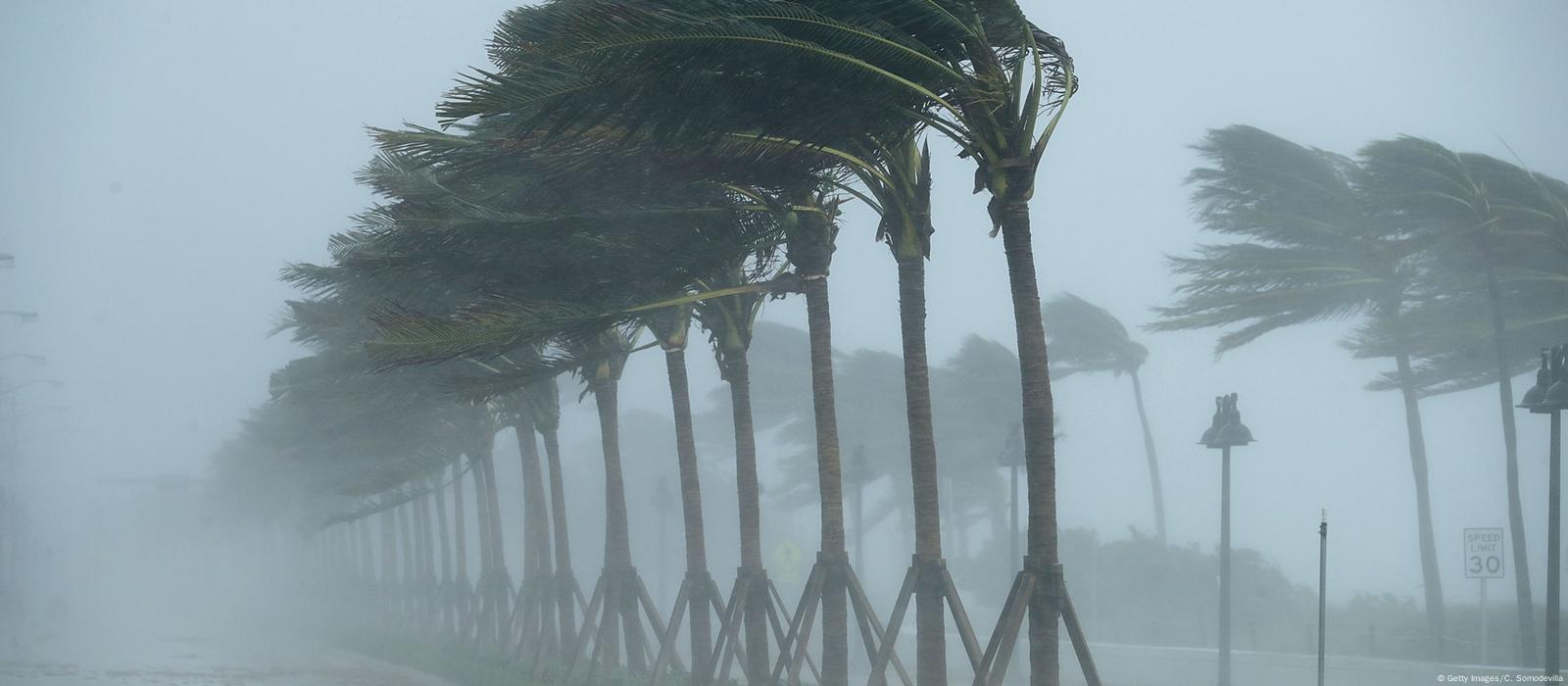As winter tightens its grip across the United States, natural gas futures have seen a notable surge, driven by forecasts of colder-than-average weather in key regions. This seasonal shift is raising concerns about supply adequacy and heightened energy demand, creating ripples across the Home Giving.
The Weather Factor
Meteorological models indicate that a cold front sweeping across the Midwest and Northeast will likely push temperatures below seasonal norms. These areas are among the largest consumers of natural gas for heating, and the anticipated chill has spurred concerns over spiking demand.
Natural gas is the primary heating source for nearly half of US households, and even a slight dip in temperatures can lead to significant consumption increases. The Energy Information Administration (EIA) projects that a colder-than-usual winter could lead to a demand surge not seen in years, particularly during December and January.
Market Response
Natural gas futures on the New York Mercantile Exchange (NYMEX) rose sharply, with prices climbing more than 5% in recent trading sessions. Analysts attribute the jump to:
- Anticipated Demand Growth: The prospect of increased residential and commercial heating needs.
- Supply Concerns: While the US enjoys robust natural gas production, the ongoing export of liquefied natural gas (LNG) to Europe and Asia has tightened domestic supply.
- Stockpile Levels: Although storage inventories remain above the five-year average, any unexpected weather event could strain reserves, driving prices higher.
Global Implications
The US is a leading exporter of natural gas, and the rising futures prices also have international ramifications. European nations, still grappling with reduced Russian gas imports due to geopolitical tensions, are increasingly reliant on American LNG. This dependency places upward pressure on global prices as demand rises both domestically and abroad.
The Role of LNG Exports
Liquefied natural gas exports have been a boon for the US economy, but they also complicate domestic supply dynamics. Key LNG terminals, such as those in the Gulf Coast, are operating at near full capacity, funneling American natural gas to global markets.
As a result, domestic consumers often face higher prices during periods of peak demand, as exporters capitalize on lucrative international markets where prices can be substantially higher.
Energy Producers Ramp Up
Energy producers are responding to the price surge by ramping up drilling activity in key basins, including the Marcellus and Permian. However, logistical challenges, labor shortages, and environmental concerns continue to limit the pace of production increases.
Additionally, the Biden administration’s focus on reducing carbon emissions has placed natural gas under regulatory scrutiny, potentially curbing new infrastructure developments such as pipelines and export terminals.
Consumer Impact
For households, the rise in natural gas prices could translate into higher utility bills this winter. The EIA has already warned of an 8% increase in heating costs for the average US household this season, with colder regions likely experiencing even steeper rises.
Businesses, particularly those in energy-intensive industries, may also face cost pressures. Manufacturers, for example, are bracing for higher operating costs as energy expenses climb.
What’s Next?
Several factors will influence natural gas prices in the coming months:
- Weather Variability: A prolonged cold spell could exacerbate demand, while a milder-than-expected winter might alleviate some market pressure.
- Supply Chain Stability: Any disruptions in production or transportation infrastructure could exacerbate price volatility.
- Global Demand Trends: Ongoing geopolitical developments and international energy needs will continue to affect US natural gas dynamics.
Policy Considerations
The US government is closely monitoring the energy market, with potential interventions such as releasing additional reserves or adjusting export levels to stabilize domestic supply and prices. However, such measures are complex and often face opposition from industry stakeholders.
Conclusion
As the US braces for a colder-than-expected winter, natural gas markets are responding with a sharp rise in futures prices. This surge underscores the critical role of weather in energy demand and highlights the delicate balance between domestic consumption and global export commitments.
For consumers and businesses alike, the coming months will bring both challenges and opportunities, as the natural gas market navigates the intersection of seasonal demand, international trade, and evolving energy policies.




